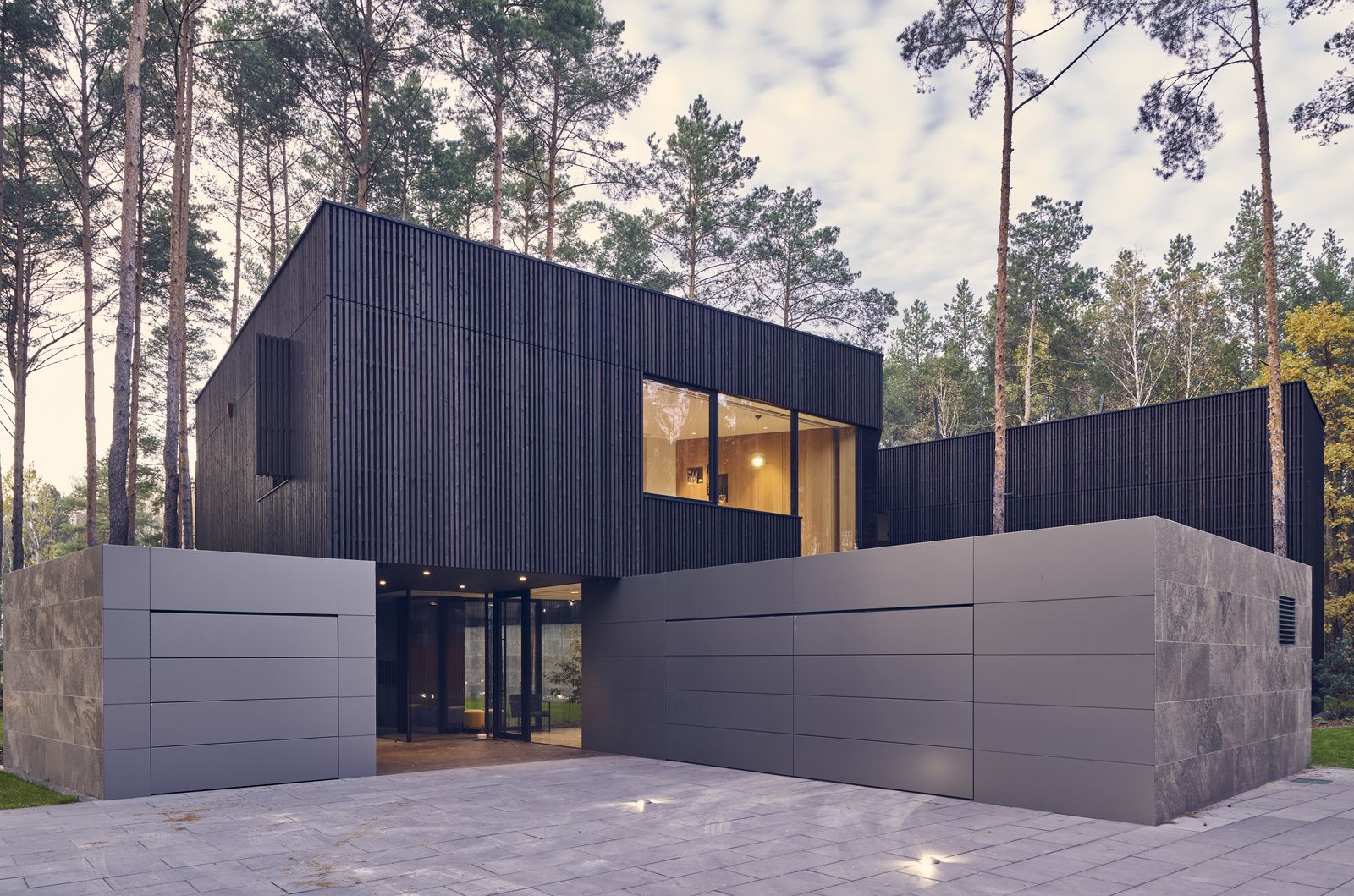Mobius Architekci in Poland is known for its forward-looking and experimental projects. Housed in the Kampinos Forest near Warsaw, they have a uniquely designed residential house, completely inspired by nature.
The team at Mobius architecture studio, led by Przemek Olczyk, loves the challenges and the elegant answers to them. In this case, the idea of a residential house in harmony with nature was put into practice.
I had no preconceived idea of the shape of the building: instead, I selected certain trees that I wanted to leave intact, and the design of the building was determined by these designated areas, so the final blueprint was formed in an organic way.Przemek Olczyk
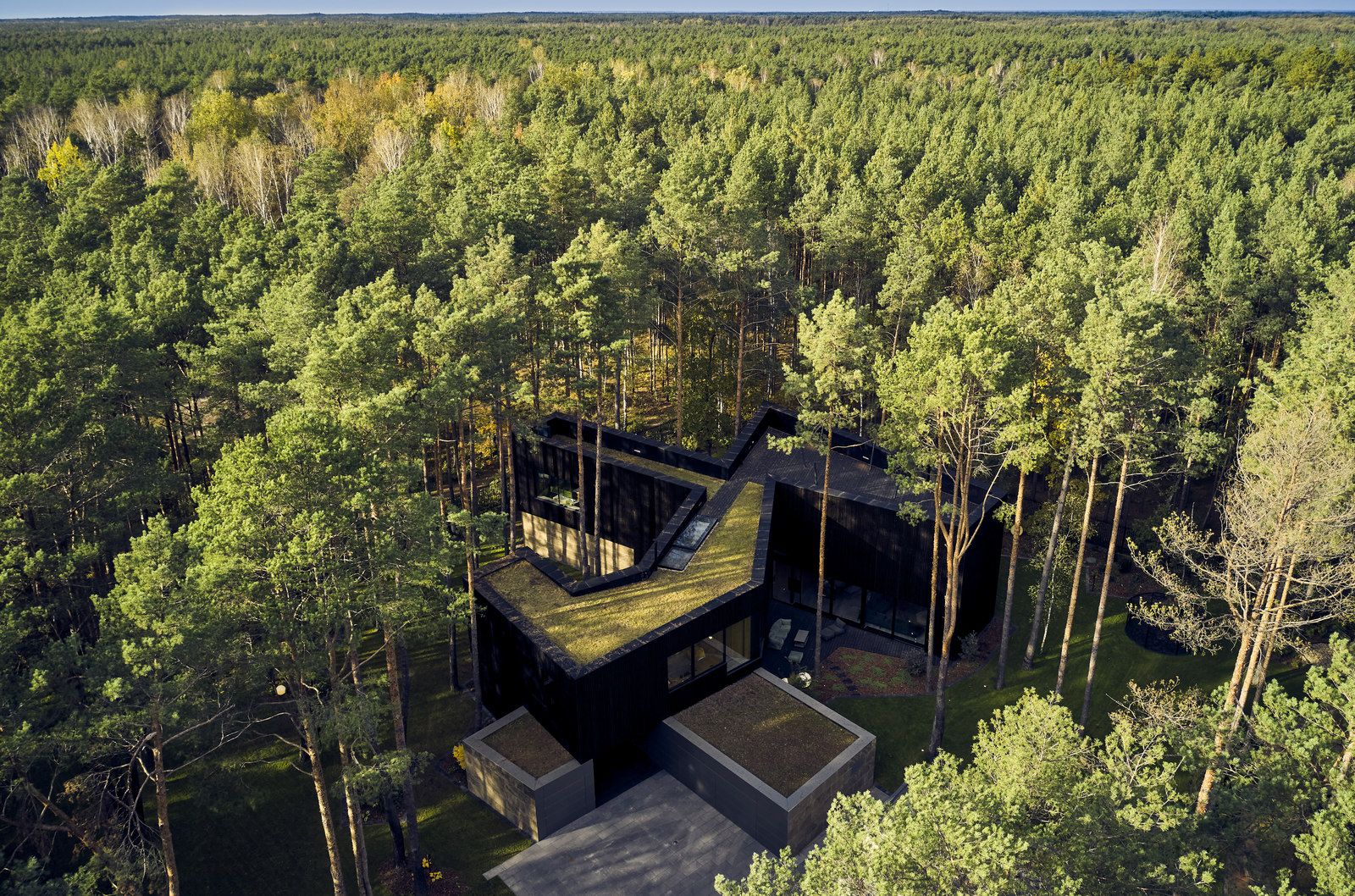
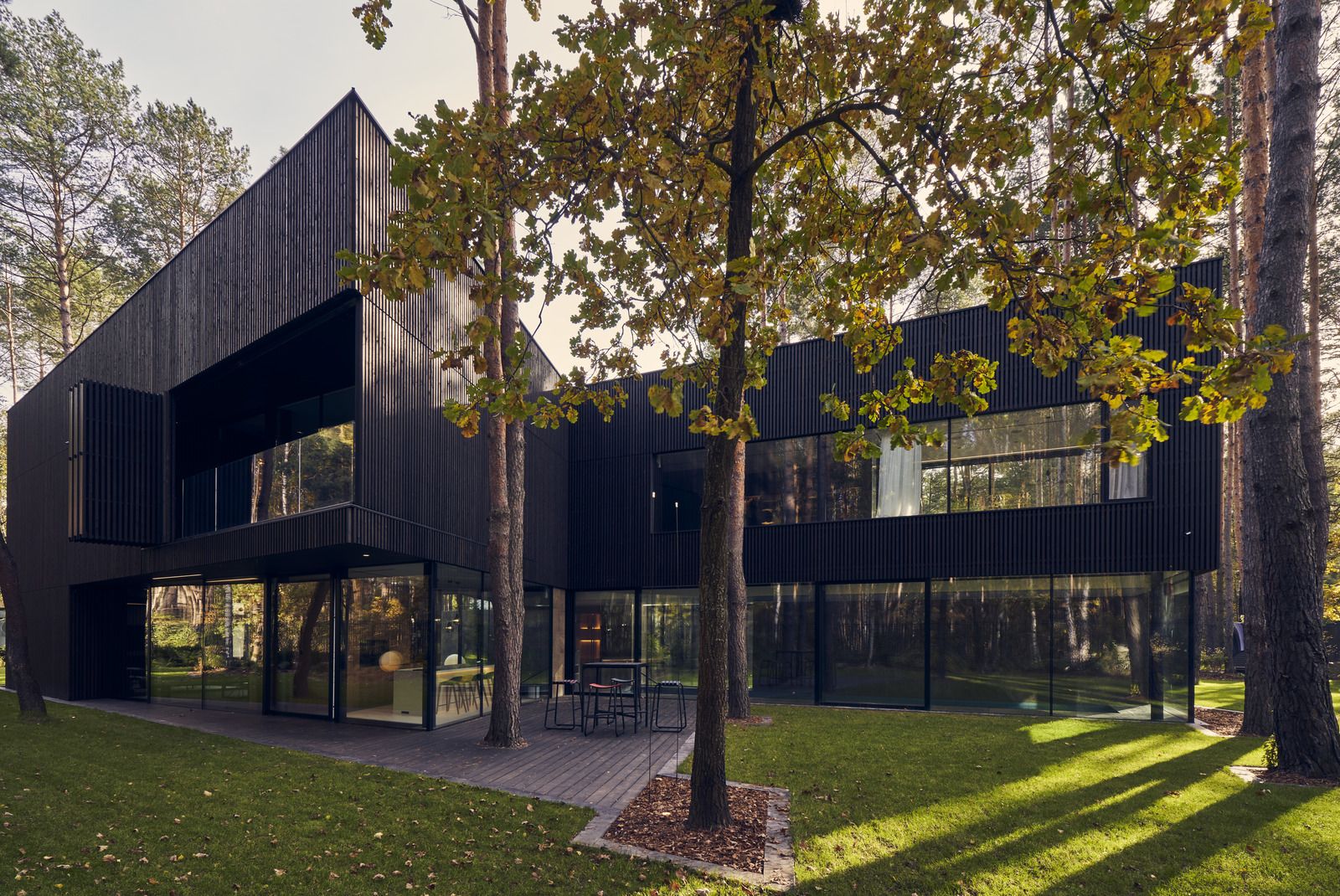
This organic approach resulted in a completely unusual design where there are no completely parallel walls. Nature literally embraces the entire building, hiding as gracefully among the trees as the wind passes through the woods.
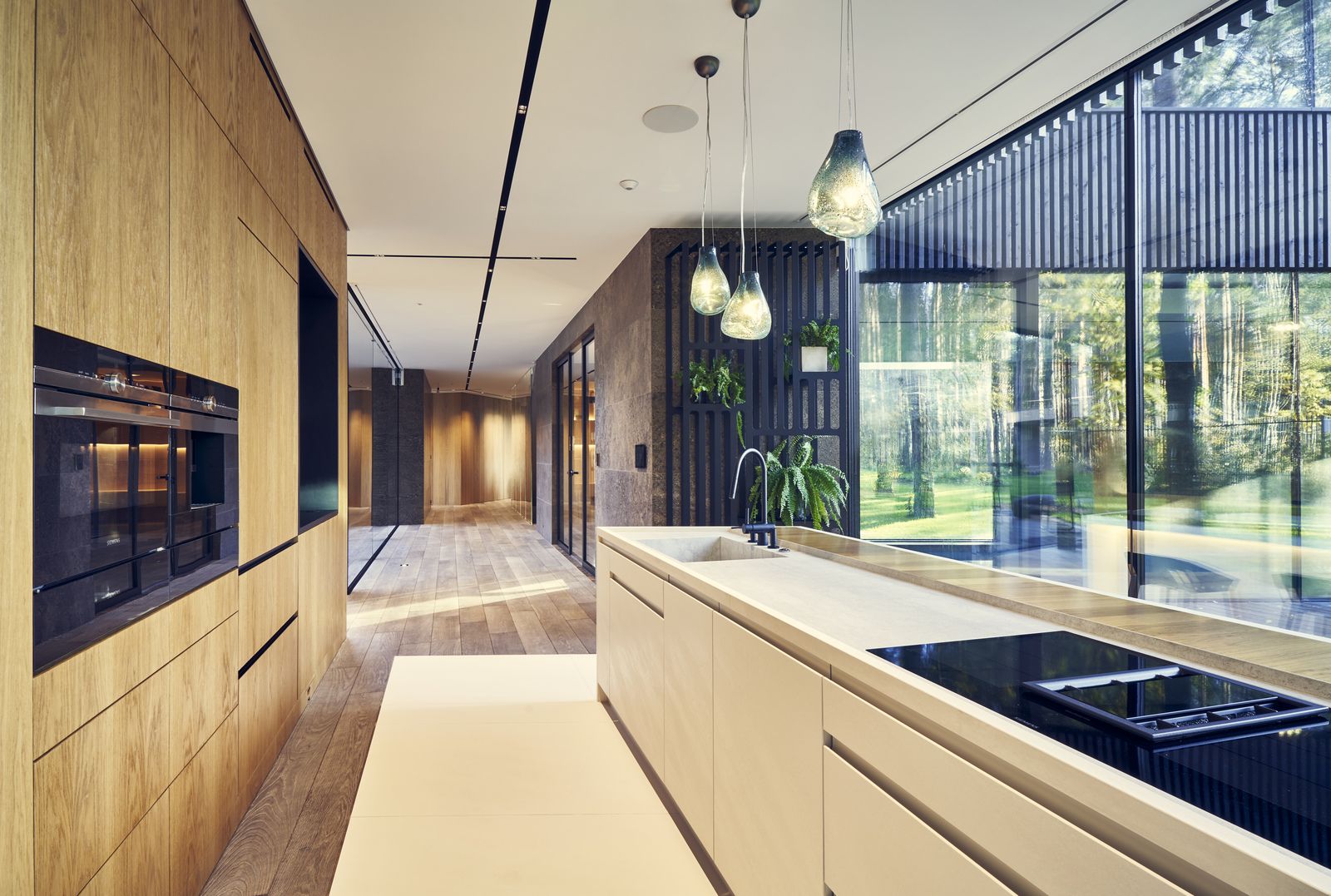
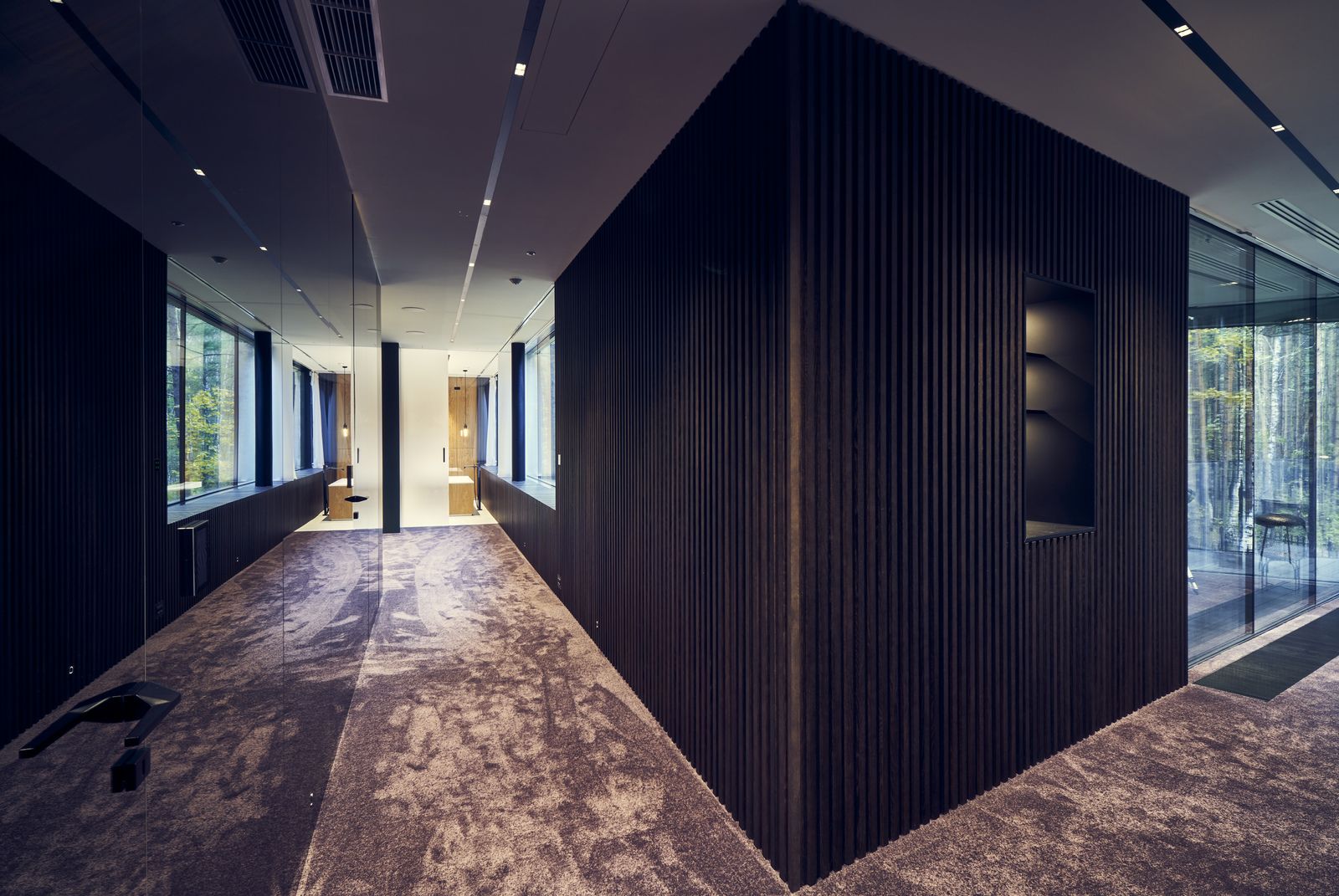
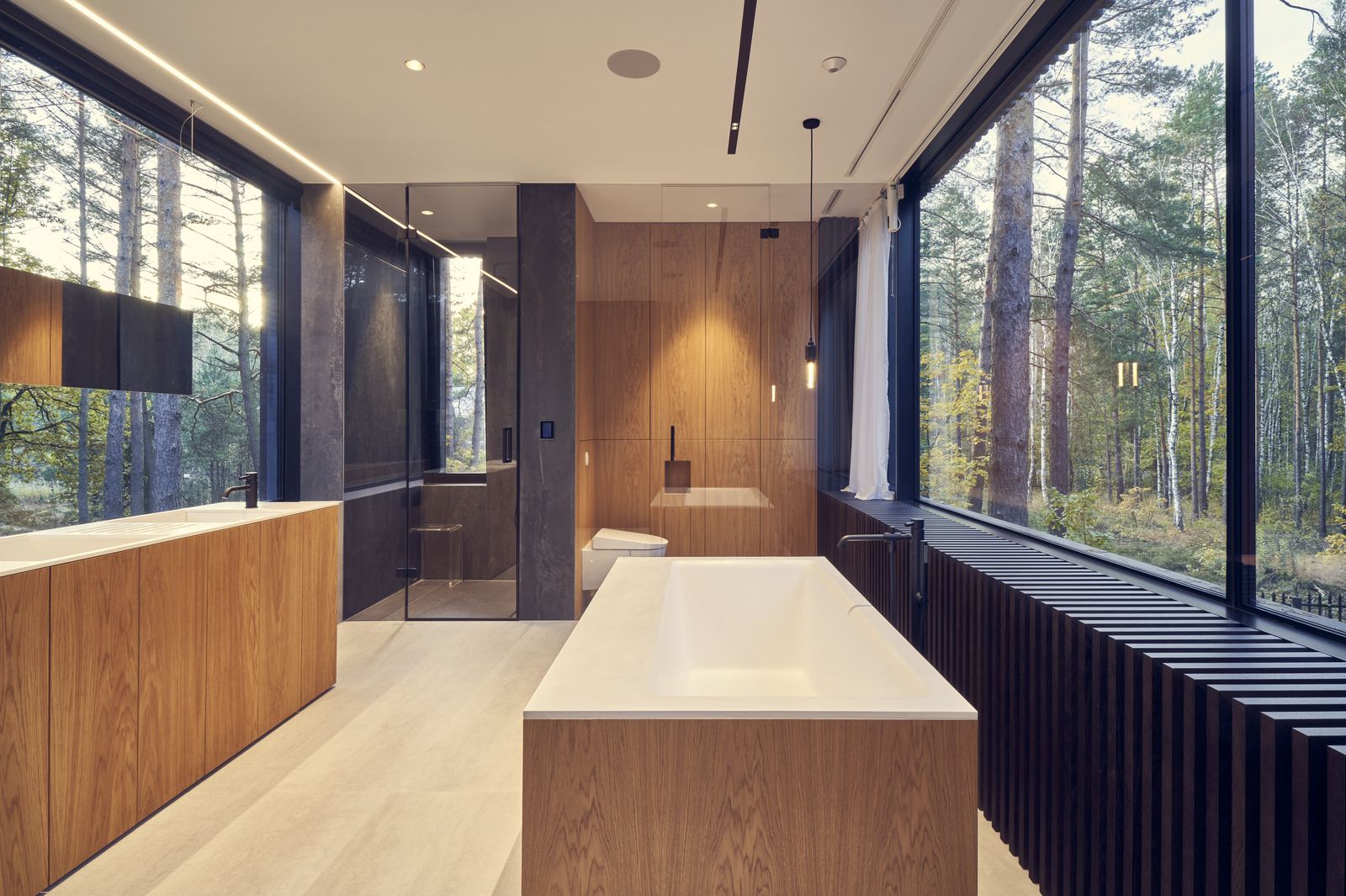
Mobius Architekci | Web | Instagram
Source: Label Magazine
more to read
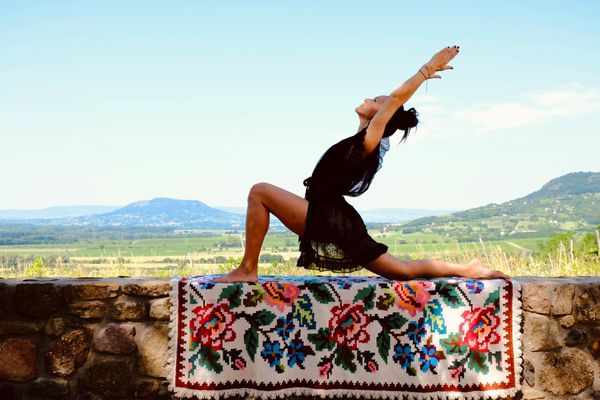
community
Eastern European vacation | TOP 5
Hearing the word summer vacation, many of us come across the same concepts: beach, the smell of sunscreen, straw hat, or reading a long-coveted book, but better and better alternative vacation options also become more common. In our selection today, we present programs that spice up the summer holidays in

studio nur
Studio NUR has created a timeless but not archaic brand identity
Elegant shapes, timeless yet not archaic, and memorable: this is the visual identity created for the world-class racehorse stable, the Scuderia Sonnevend, for which Studio NUR was responsible. Let’s see!
Alexandra Sonnevend and Ágoston Gubicza’s love for horses spans several generations. Because of family traditions, it was important
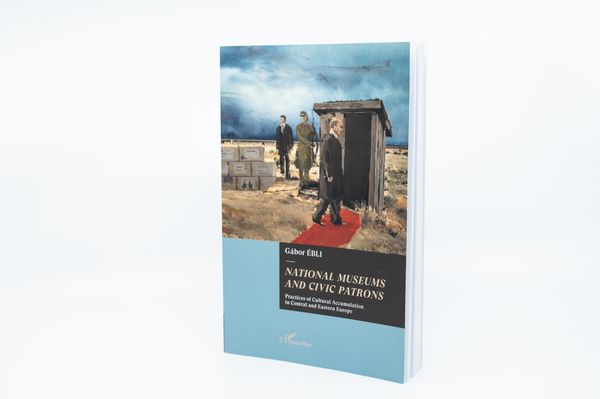
art
“By no means is it certain that Eastern Europe was a follower in all aspects”—Interview with Gábor Ébli
Gábor Ébli’s book titled National Museums and Civic Patrons. Practices of Cultural Accumulation in Central and Eastern Europe, provides insight into the relationship between public and private collections within Central and Eastern Europe, summarized by a selection of forty of his writings. The aim of Ébli’s English-language book









